7 Countries – 7 different child approaches of kindergartens
Kindergarten is a tradition that is known around the world, but each country follows a different approach to its educational system. In many countries, Children attend kindergarten to begin their education and to have an easier and better transition into primary school later. The curriculum and classrooms look different from country to country. Some attend a school that uses parks as classrooms, while others focus primarily on singing and dancing. This article focuses on 7 different approaches in 7 different countries:
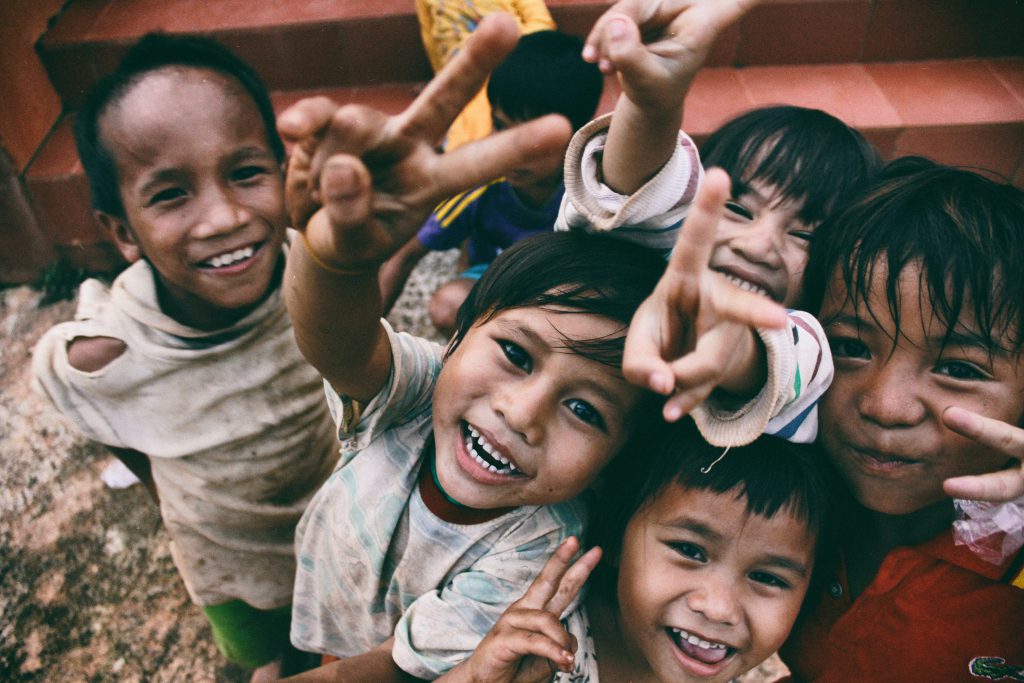
- Kindergarten in the USA
In the US, kindergarten is a time for children to learn English, basic mathematics, and socialization as they prepare for the first grade. Most children tend to be enrolled in public kindergartens. Nevertheless, they do offer private kindergartens as well. Because kindergarten falls under the public education system, parents do not have to pay a fee. Pre-schools nevertheless run privately and parents need to pay fees.
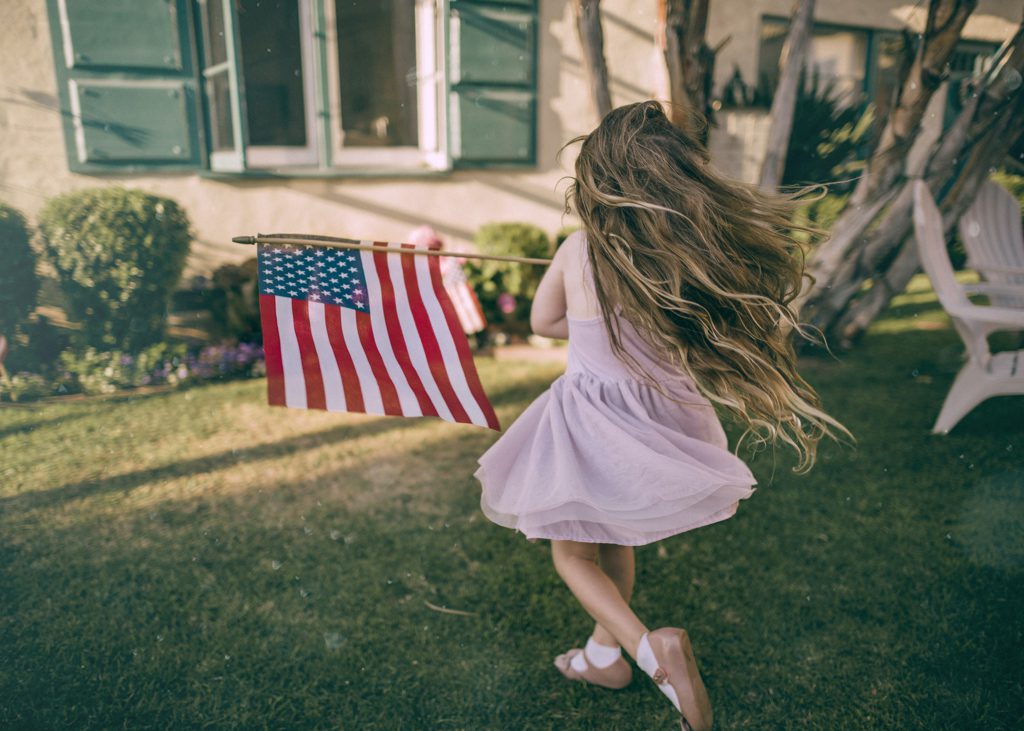
2. Kindergarten in China
The kindergarten in China is for children under the age of six years old. Like in the US, kindergarten in China is a mixture of childcare and education. Children learn to read and write Chinese. They are also introduced to numbers and the beginnings of mathematics. Singing and dancing is an important part of the curriculum, which allows children to put on public performances. Physical education is also valued in the curriculum, so time on the playground is especially important. Tuition is free and most kindergartens in China belong to the state-run public education system.

3. Kindergarten in France
The kindergarten in France is for children between the age of three and five years old. Children are thought reading and writing, while also beginning lessons on numbers. One of the kindergarten’s main goals is to help children socialize. The younger children often have an afternoon nap, but all children always participate in arts and crafts, games, and singing. Public kindergarten is free of charge, whereas private ones expect a fee from the parents.

4. Kindergarten in Germany
In Germany, parents receive about 200 Euros per month for every child they have, which is called ‘kindergeld’. Many parents choose to use this money to buy school supplies for their children to help them get started in kindergarten. In this country, getting your child into kindergarten is quite competitive, as many families must wait on a list for an extended period. It is often recommended to sign in your child to a kindergarten before it is even born.
Another notable fact about Germany’s kindergartens is that a lot of the schools offer special outdoor programs – no matter the weather. Germany offers both private and public kindergartens. Because a kindergarten is not part of the regular public school system, it is not necessary to attend them, neither it is free. The tuition depends on the income of the parents.
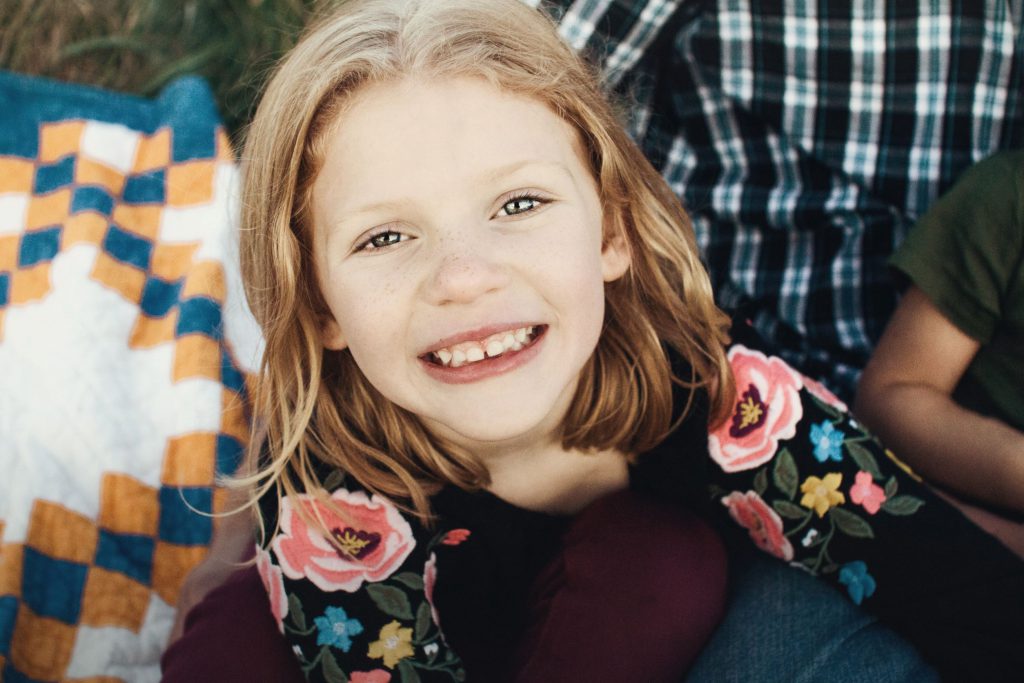
5. Kindergarten in Canada
Although there are traditional kindergartens throughout Canada that resemble the curriculum in the US, there is a growing movement within the country. Many believe the traditional 20-to-30 minutes of structured recess is not enough. Instead, some Canadian schools are allowing children to spend the entire day outside. Through storytelling and nature learning, children learn the basics of kindergarten in an unusual way. Kindergarten in Canada is free and public, whereas preschools, daycare, and childcare are private.
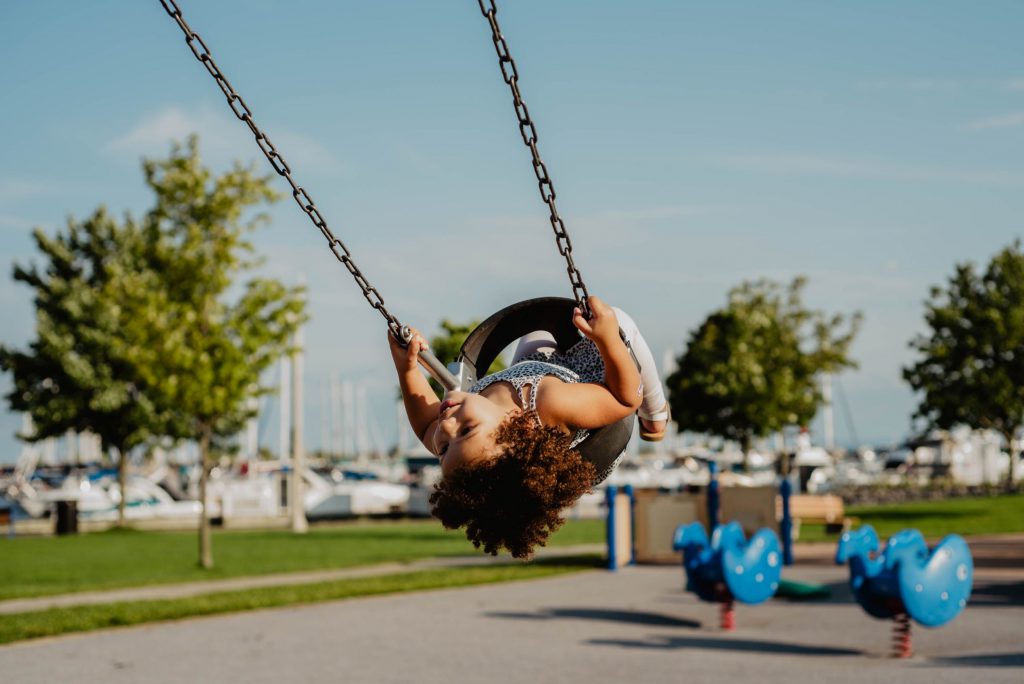
6. Kindergarten in Japan
Even though kindergarten is not mandatory, Japan has fascinating schools for younger children. Kindergartens in Japan have extraordinary designs and often priority physical education more than anything else so that children start the day by running two miles. Japanese education is free and they offer both private and public kindergarten.

7. Kindergarten in the United Kingdom
Kindergartens in the UK are called playgrounds and are typically locally run and funded, but they must meet the Health and Social Services Trusts standards. Some playgrounds offer children classes in a variety of subjects including cooking, drama, French, and even yoga. Children between the age of 3 and 4-year-olds are entitled to take 15 hours each week of free early education. If parents wish for more hours, they must be paid.
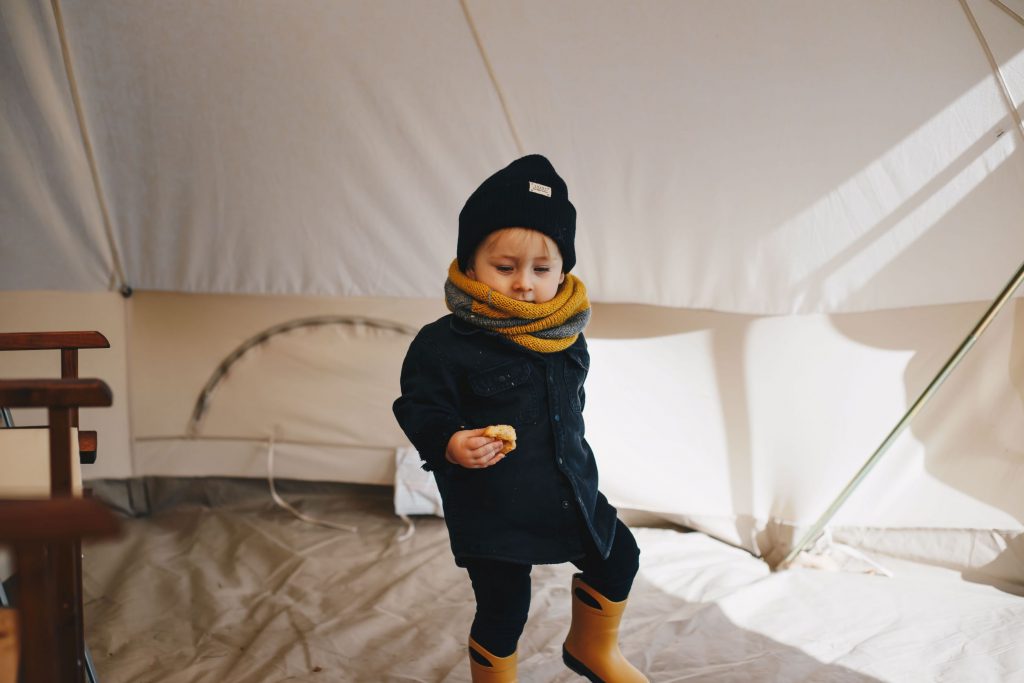
This article shows how different each kindergarten in every country is, but one thing is the same in every kindergarten around the world – the children. They should enjoy themselves and have fun in a safe environment. Arte Viva’s mission is to create a safer world for children, and therefore we offer child-safe solutions for kindergartens around the world. Stay safe, your Arte Viva Team!
Questions?
We are happy to help you choose the right solution. Contact us for more information or request a quote without obligation.